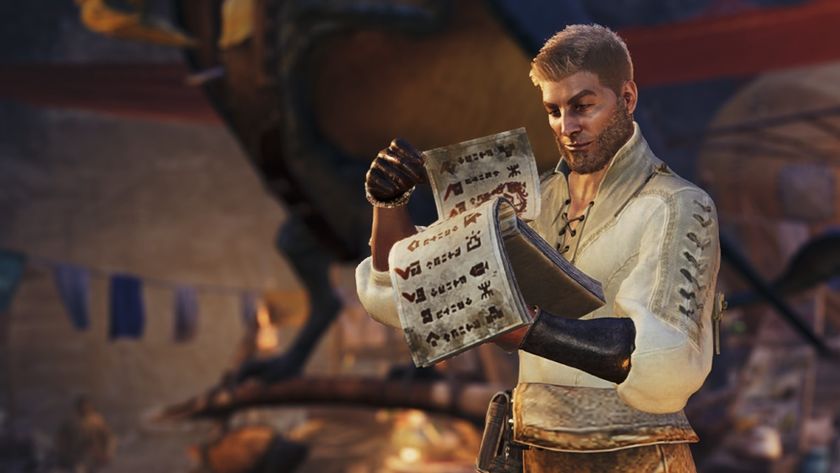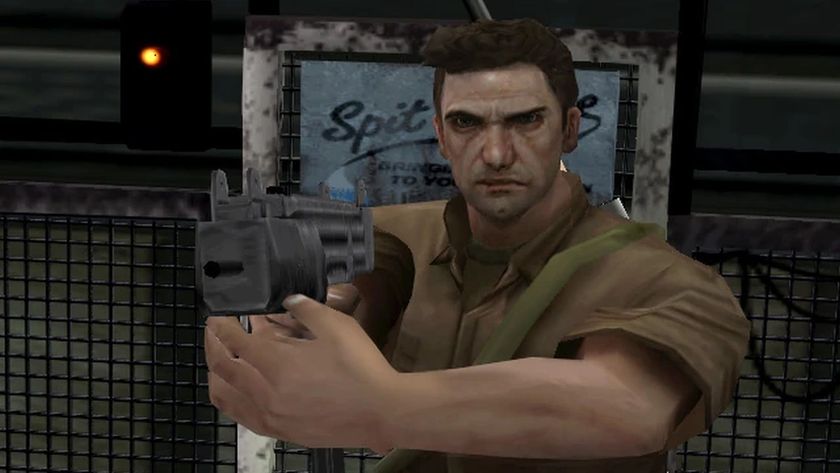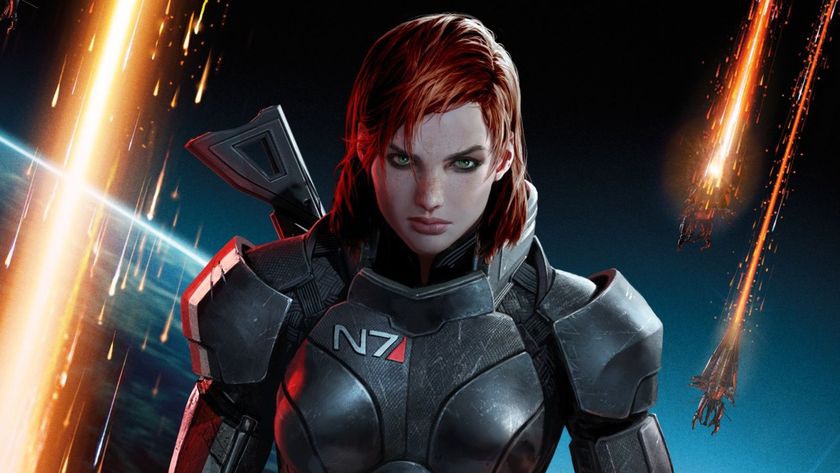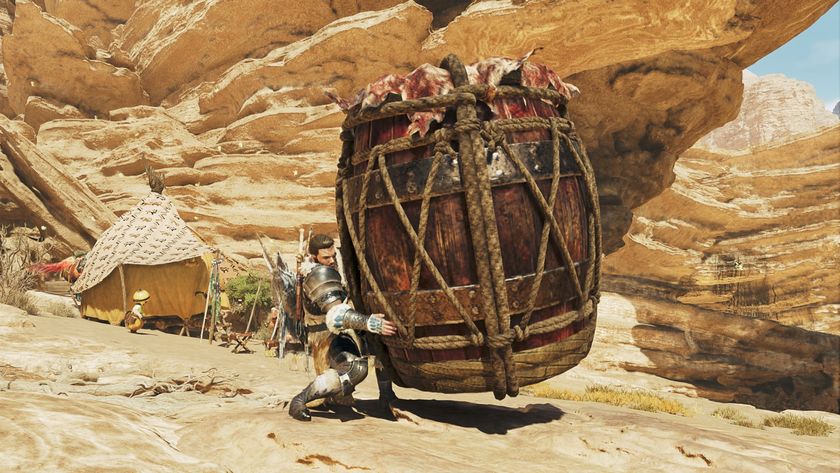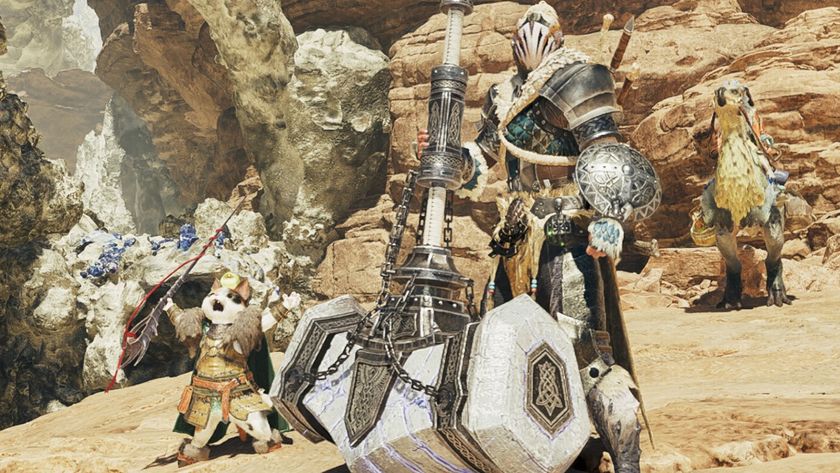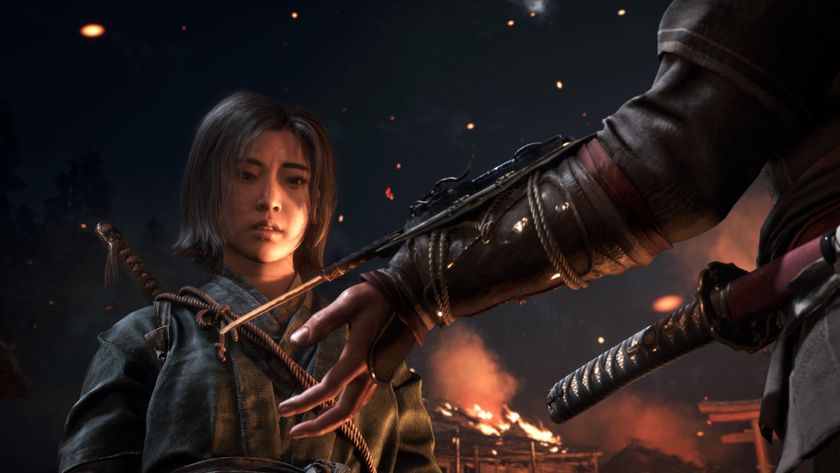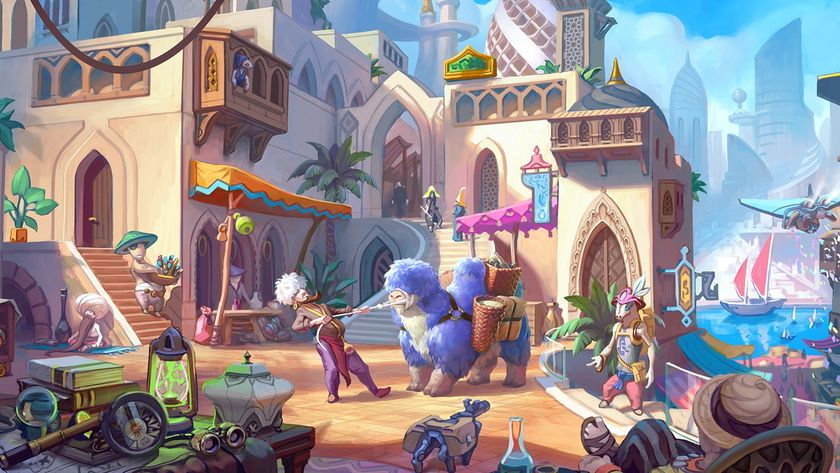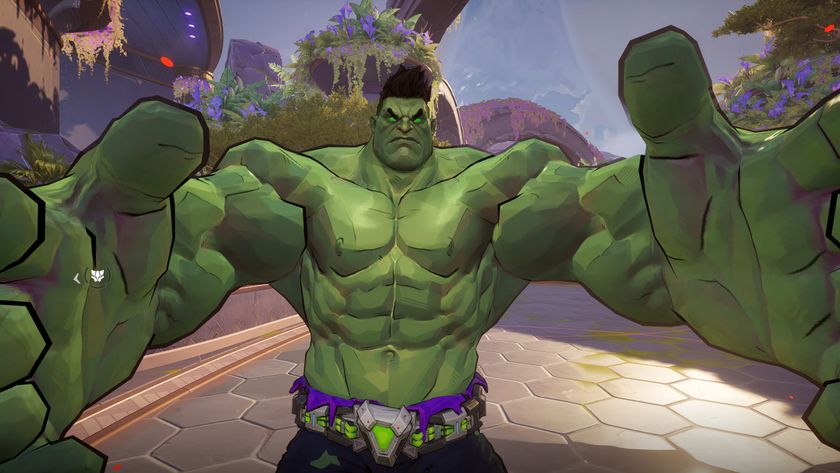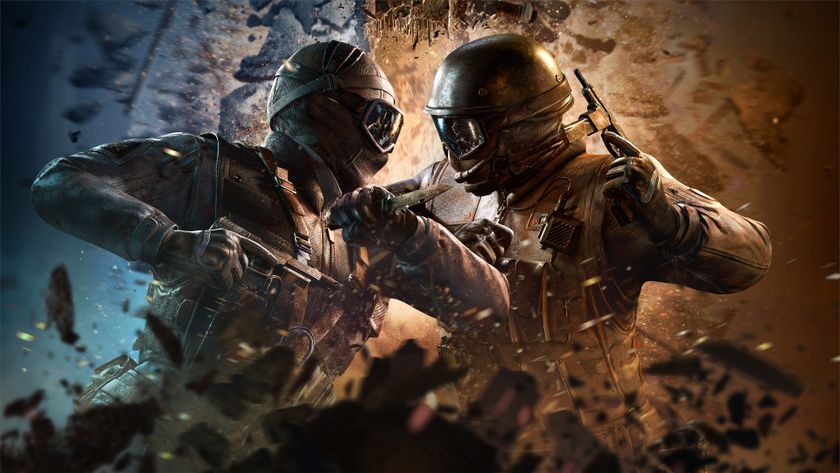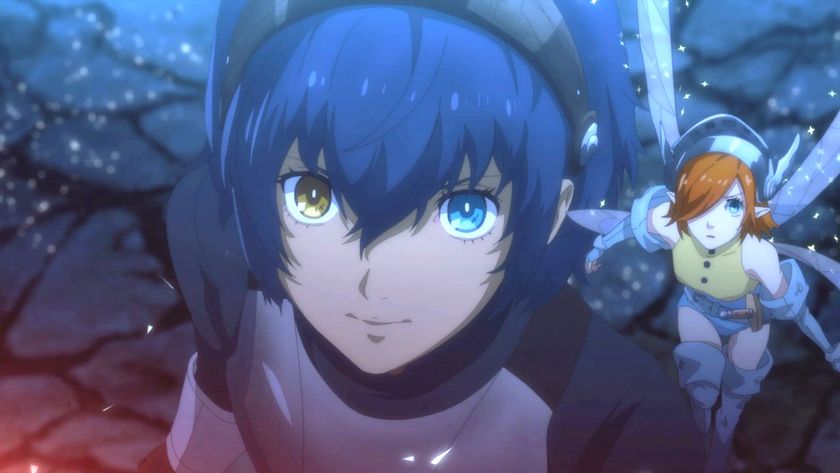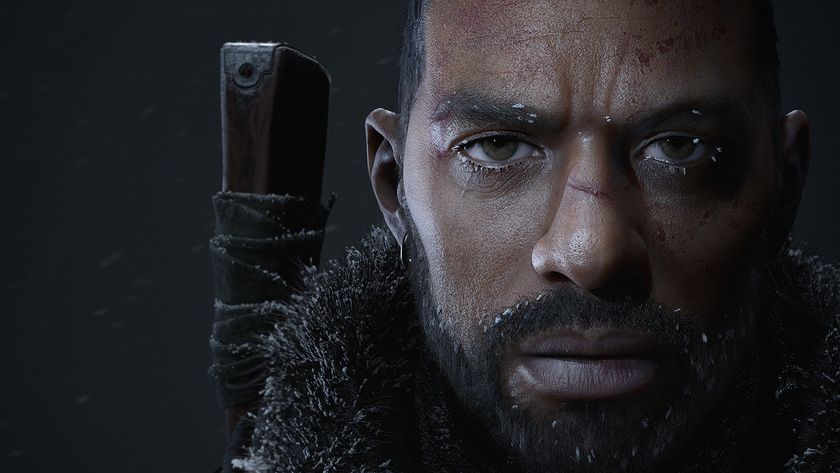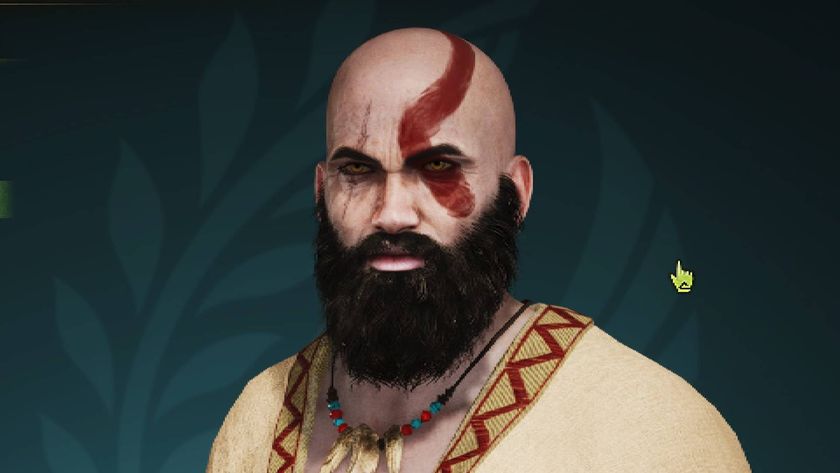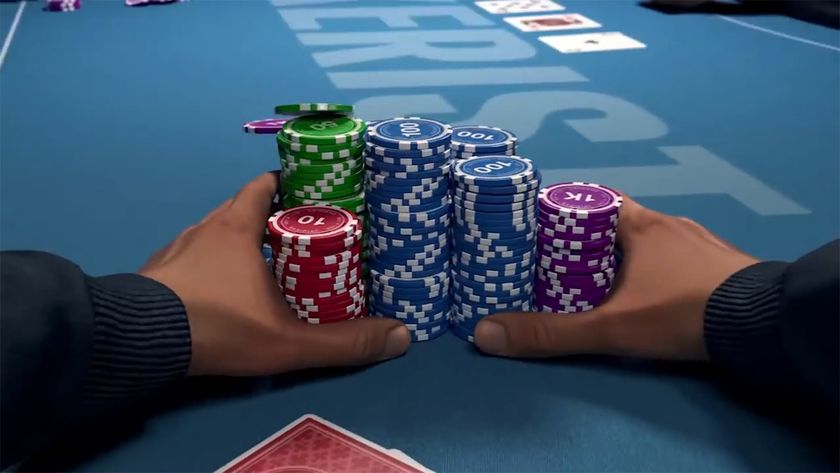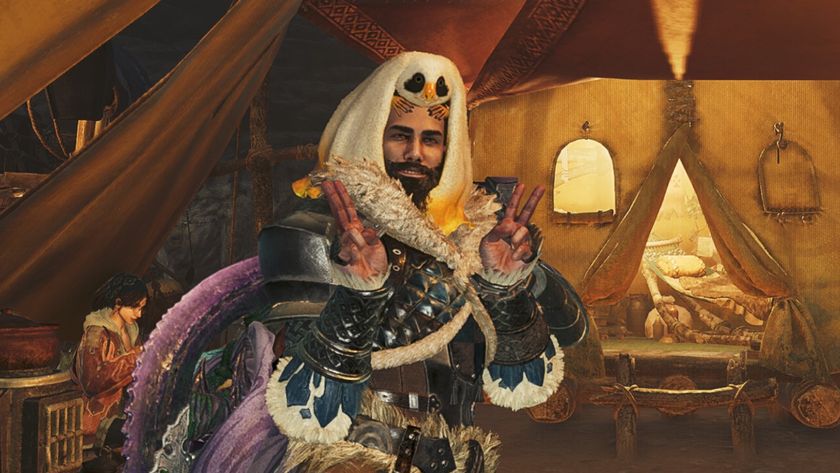Titanfall 2 PC performance and settings
How well does it (wall) run?
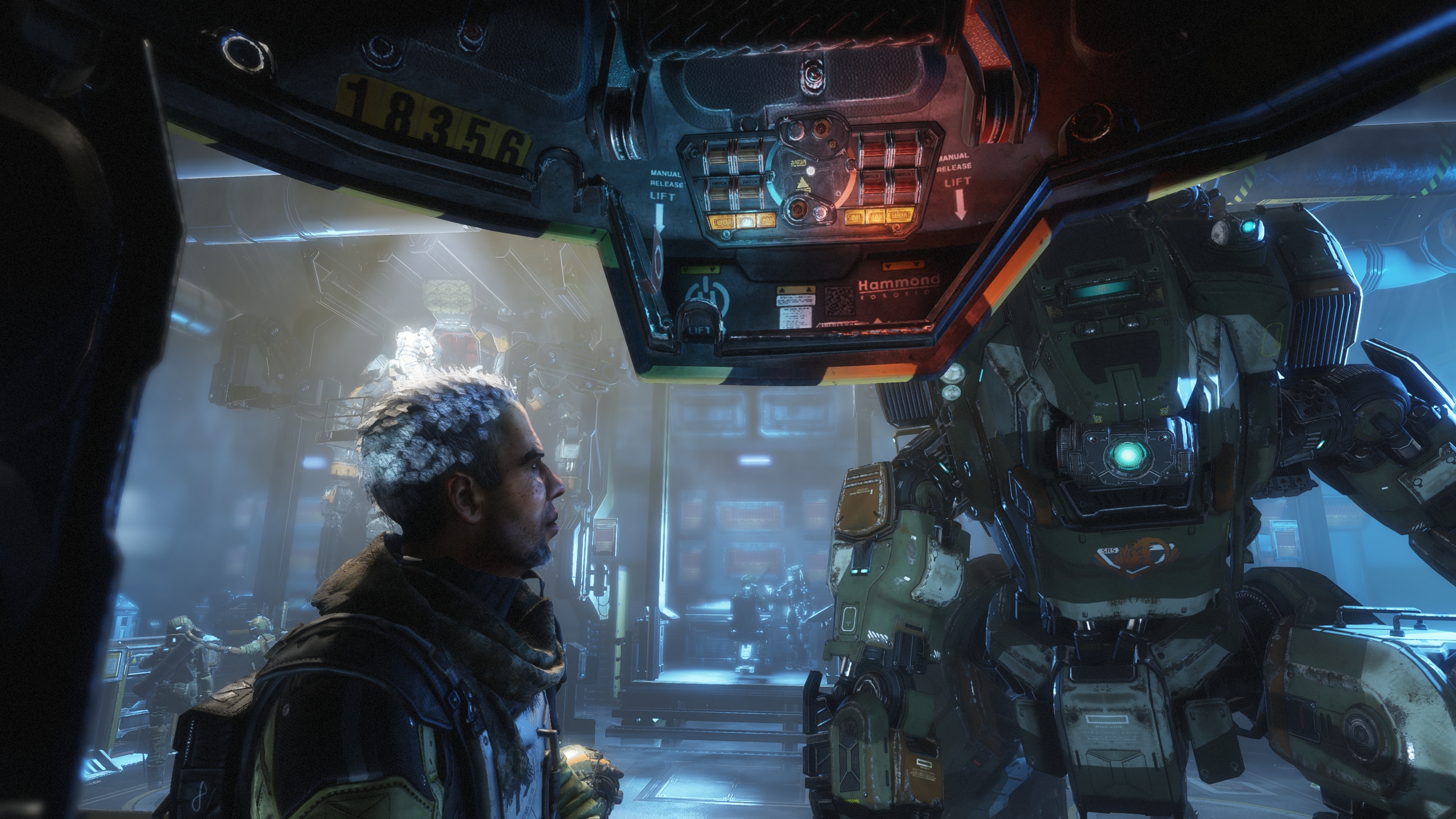
CPU: 2.9GHz
GPU: Nvidia GeForce GTX 660 / AMD Radeon HD 7850 or equivalent
RAM: 8GB
Titanfall 2 is out tomorrow. We've had access to the PC version of the game since late yesterday, and over the coming days we'll be sharing our impressions leading up to a full review next week. This article provides a straightforward technical assessment of the PC version of the game running on two separate rigs—one mid-range, one high-end.
For the purpose of this test, I played through the tutorial and the first few missions of the campaign on two PCs. These sections provide a decent balance of gunplay and rapid traversal through detailed environments, hopefully providing a representative cross-section of what the game can throw at you.
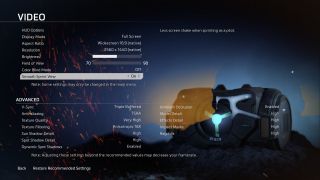
Settings
Titanfall 2 offers FOV controls from 70 to 90 as well as a welcome colourblind mode that covers protanopia, deuteranopia, and tritanopia. Full keymapping is available along with options for mouse smoothing and detailed sensitivity options for a controller. You can also tweak HUD settings including the depth of field effect when aiming down gunsights.
Otherwise, the graphics settings are what you'd expect. You can run the game both fullscreen and windowed, but there's no specific option for a borderless windowed mode. You can see everything else Titanfall 2 offers in the screenshot above.
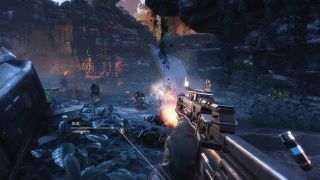
CPU: Intel Core i7-6700K overclocked to 4.6GHz
GPU: Nvidia GTX 980 4GB
RAM: 16GB DDR4
On a high-end PC
Titanfall 2 ran smoothly with all settings maxed out at 1440p. As with its predecessor, the game's look and feel comes as much from animation, art direction and special effects as it does from raw texture detail. The game held steady at 60 frames per second for the most part, sometimes reaching as high as 100 FPS during quieter platforming sections. During combat, the lowest framerate I noted was in the low 40s. Here's a representative gif. Despite this, the slowdown was gradual enough that I didn't notice in the heat of the moment. If this is a concern, there are plenty of things you could turn down to stabilise your framerate without compromising the look of the game too badly.
Controls were snappy and responsive, which is important for a game that moves as fast as Titanfall 2 does. The short version: it ran well enough (and looked good enough) that I stopped thinking about how my PC was handling it, which is what we're looking for.
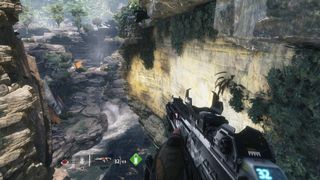
CPU: Intel Core i7 3.6GHz
GPU: Nvidia GeForce GTX 760 4GB
RAM: 8GB
On a midrange PC
Titanfall 2 defaulted to a mix of high and medium settings on this setup, running at 1080p. Framerates held steady at 45-60 fps during quieter sections and 35-45 fps during combat in open areas. Still entirely playable, with room to dial plenty of settings back to achieve better performance.
The biggest gaming news, reviews and hardware deals
Keep up to date with the most important stories and the best deals, as picked by the PC Gamer team.
The most serious issue I observed was some slow texture streaming immediately after loading the game. This was particularly notable on BT, your titan companion—take a look at these two screenshots.
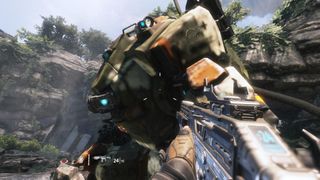
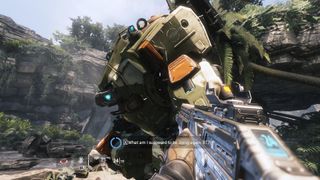
That second image was taken after walking away from BT and coming back, but I was initially taken aback by how rough the game looked. I also noticed this on certain environmental objects later in the level—when you're wall-running to the next encounter you might not notice, but stop and stare and the odd low-detail texture does stand out. Not a dealbreaker, but the most notable downside of playing the game on a less powerful rig.
Closing thoughts
I've not spent enough time with the game to offer a full recommendation on the basis of how it plays (though it gets off to a promising start) but I can tell you that the PC version is technically solid, as its predecessor was. If your PC sits comfortably north of the minimum requirements then you should be able to achieve a steady 30fps or higher, with 60fps well within reach on a midrange PC.
Joining in 2011, Chris made his start with PC Gamer turning beautiful trees into magazines, first as a writer and later as deputy editor. Once PCG's reluctant MMO champion , his discovery of Dota 2 in 2012 led him to much darker, stranger places. In 2015, Chris became the editor of PC Gamer Pro, overseeing our online coverage of competitive gaming and esports. He left in 2017, and can be now found making games and recording the Crate & Crowbar podcast.
